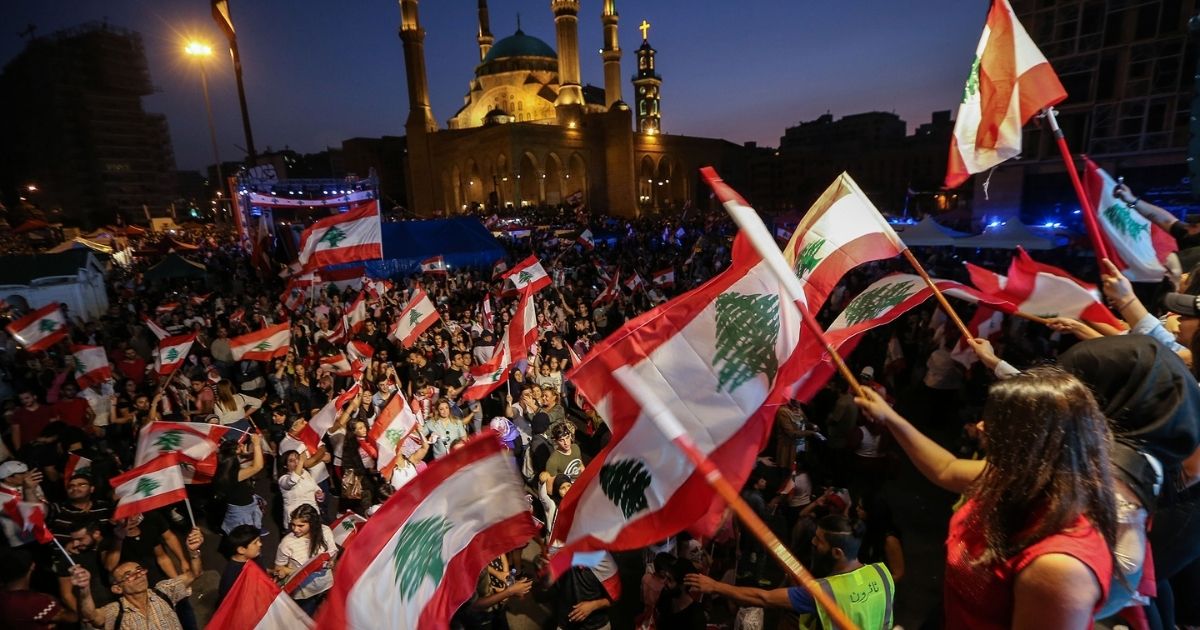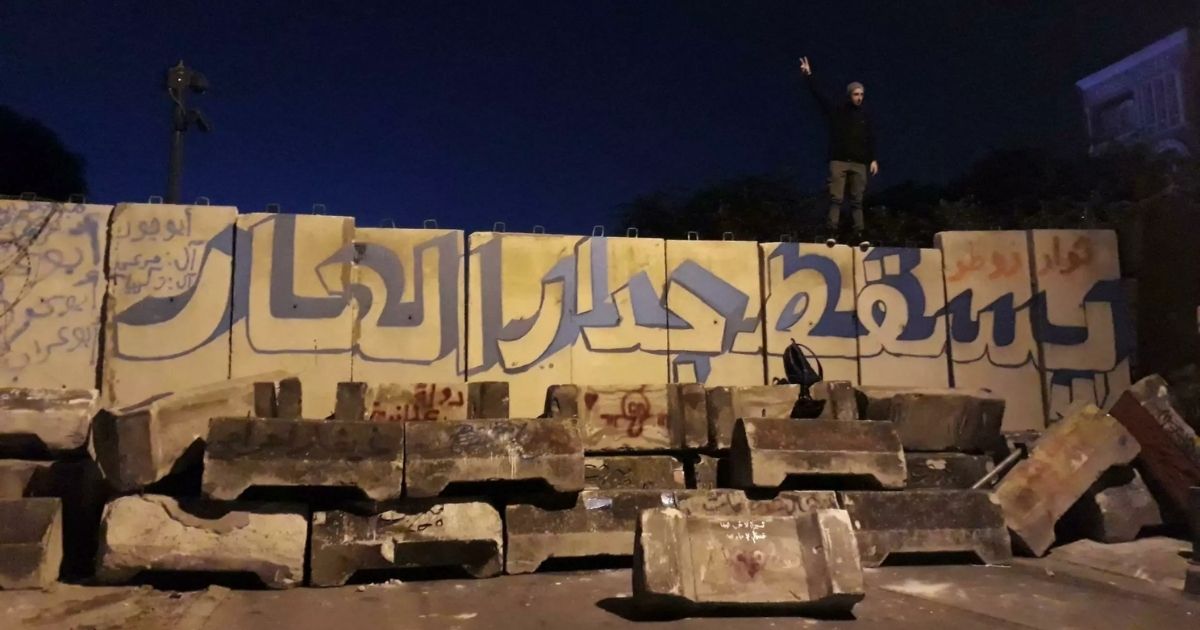During the 36 days of the ongoing Lebanese anti-government protests, many initiatives have been taken and events organized to send and commemorate the peaceful message of the protests that are taking place all across Lebanon.
The people of the 17th October revolution have been taking the revolution to a whole new level with all these creative events.
From marches for women’s rights, student marches, peaceful sit-ins, initiatives to take down political propaganda posters, and demonstrations to save Lebanon’s public spaces, the people have been actively making their statements and demands.
A few days ago, protesters erected on the wall adjacent to Nahr al Kalb river tunnel, an inscription similar to the other historical memorial of 1943, and inspired by it, stating: ‘”On October 17, 2019, the popular civil revolution in Lebanon was launched to evacuate all corrupt people and their cronies.”
Nahr al-Kalb is an ancient and historical river in Lebanon that runs for 31 km from a spring near the Jeita Grotto to the Mediterranean Sea, north of Beirut.
Throughout history, many important armies have traveled through this area in the Lebanon mountains, leaving their inscriptions in different languages on the cliffs which are known as “The commemorative stelae of Nahr el-Kalb.”
The commemorative stelae of Nahr el-Kalb are a group of over 20 inscriptions and rock reliefs carved into the limestone rocks around the estuary of the Nahr al-Kalb. They are classified into:
- Egyptian inscriptions
- Assyrian and Babylonian inscriptions
- Classical antiquity inscriptions
- Islamic inscriptions
- Colonial inscriptions
- Lebanese inscription
The most famous among all these inscriptions is the one commemorating Lebanon’s independence in 1943, marking the evacuation back then of the last foreign armies from Lebanon on December 31, 1946, and probably the one commemorating the dead of the French War.
In 2005, the Stelae of Nahr El Kalb were accepted into the UNESCO Memory of the World initiative. The application stated:
“[The Stelae] sum up the entire history of Lebanon, from High Antiquity to the present, evoking clearly the successive advances of the Pharaonic, Assyro-Babylonian, Greek, Roman, Arab, French and British armies, which braved all the obstacles surrounding this difficult and very steep crossing point to carve commemorative stelae on the rocks.”
At this point, we get to wonder if the newly added stele commemorating this revolution will prevail as a glorious country-changing time of our history for the coming generations to honor the endeavors of their forefathers and foremothers.

















